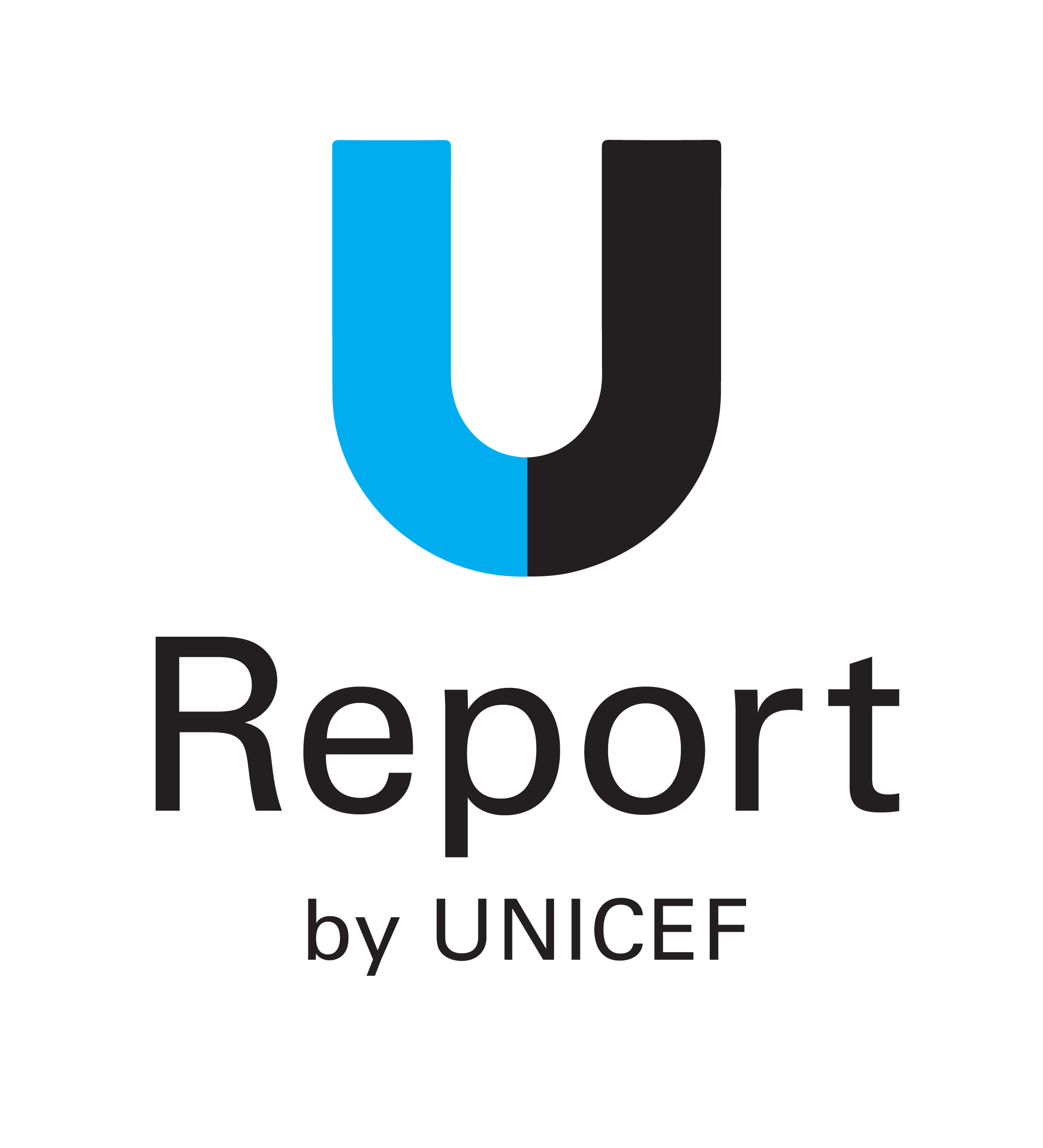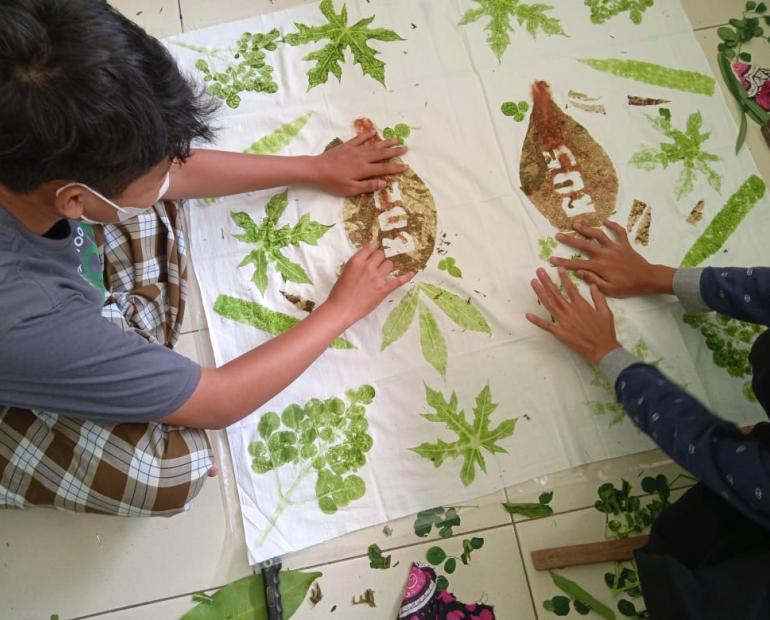
A major change is happening in the way students learn. Although spikes in informal learning had been reported in several institutions before the pandemic, it was the lockdown that triggered a paradigm shift in education and showed that formal learning, as it had previously been employed in the classroom, wasn’t enough to help students address the new challenges.
Informal education is any form of education that occurs outside the traditional curriculum. Taking place both in the classroom and outside it, it focuses on the power of conversation, engagement, and personalization, allowing students to explore a subject at their own pace, making the learning experience more enjoyable and relevant. Informal education is more flexible and feels less threatening. It encourages students to welcome new concepts with curiosity and enthusiasm because it’s closer to natural learning and still offers a considerable degree of autonomy.
This year, it is estimated that over 1.2 students cannot return to the classroom. To provide educational continuity, institutions are using various strategies, and the rise of EdTech is the most notable factor. But when students and teachers are not in the same room, that can create a disconnect. To keep students engaged, EdTech starts from the traditional learning model but also features many informal elements such as interactive learning games, AR and VR experiences, podcasts, fun presentation tools, and more flexible evaluation models.
Many teachers are already praising how these informal elements have changed classes and advocate for their long-term integration in schools, even after the pandemic is over. But why is that?
The traditional classroom model is outdated.
COVID-19 is one of the biggest challenges that global education has had to face in decades. But at the same time, it’s also a major opportunity and driving force for innovation and self-reflection. As such, many teachers have realized that the traditional classroom model was outdated and lacked the diversity that modern students need to thrive and turn into well-adjusted, active, functional citizens. In comparison, e-learning, combined with informal elements, offers these key benefits:
- It makes students feel more comfortable when expressing themselves. They’re less likely to feel intimidated and not participate for fear that they might be judged.
- It’s more inclusive for students with some learning disabilities, allowing them to participate at their own pace. For example, students who have sensory overload may find online classes to be less stressful, and students with social anxiety may respond better to informal evaluation methods.
- It encourages students to think creatively and apply the concepts they have learned in real-world scenarios.
- It caters to a wider variety of learning styles. For years, informal learning advocates have been pointing out that each student is different and the one-size-fits-all approach in the curriculum prevents many from reaching their potential. Now, students can finally learn in ways that are more relevant to their personality.
Of course, informal learning cannot fully replace formal learning, which still works for many. However, it can complement it and create a well-rounded educational experience and address the needs of more students.
Volunteering organizations bring communities together.
Informal learning can take place not just in the classroom (virtual or not) but also at a community level, and one of the most beautiful things that have come out of the COVID-19 pandemic is that people from all over the world have come together to help students continue their education. In most cases, volunteering organizations have focused on informal activities. For example, School in the Cloud, a UK-based organization that has been active since 2013, used their Granny Cloud network to connect students with no access to education with mentors overseas. In Pakistan, various community learning centers continued literacy and non-formal education activities, which has helped locals gain more independence and find new income opportunities during the crisis.
All across the world, cities are using the power of informal learning to address the needs of vulnerable groups. These include students from underprivileged communities, as well as people with disabilities, seniors, migrants, and refugees. That has been possible because municipal governments have more control over non-formal learning spaces than they do over the formal schooling system. For example, they control the activities of community learning centers, museums, and libraries, and they can collaborate with partners from the private sectors to develop new non-formal learning programs.
Challenges
Although informal learning offers many key advantages to students and educators alike, it’s not without its challenges. Before it can be incorporated in all schools and communities, Government bodies and educational institutions must work together to address the two biggest obstacles:
Lack of digital infrastructure. In the new context of the COVID-19 pandemic, many informal learning methods are based on digital infrastructure, which is underdeveloped or is completely absent in many areas of the world. Even in the US, which should be one of the best prepared nations, nearly 4.5 million households don’t have access to a computer connected to the Internet, which has sparked discussions of the Internet as an essential service. In addition, there is a gap in quality between rural and urban communities. If in the UK broadband networks have been resilient and managed to keep up with the increased traffic, countries like Chile and Iran have struggled with the quality of the infrastructure. Many times, it was impossible to develop infrastructure in time because of geographical factors or lack of funds, so students ended up learning from printed materials distributed by municipal authorities.
Teacher training. For informal education to reach its full potential and become a part of the classroom of the future, educators need additional training. They need to think outside the traditional academic skills and learn new teaching and evaluation methods based on modern tools. This means that institutions need to invest in developing teachers’ digital literacy (still absent in many countries), and offer them continuous learning opportunities, adapted to the requirements of the modern classroom. Based on existing feedback, the teachers that had already incorporated informal learning into their lessons before the pandemic adapted more easily, while the ones who had only been trained in formal education found it harder to stay connected with students and keep them engaged.





